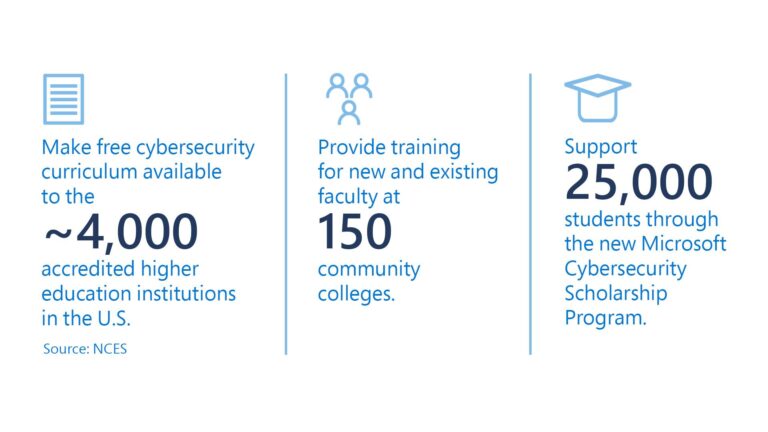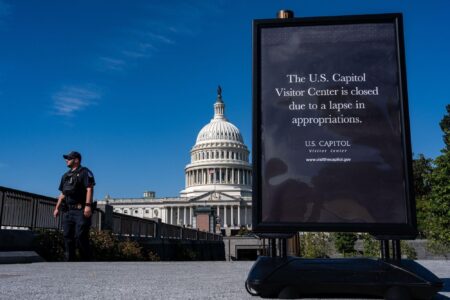Uneven Landscape of Cybersecurity Education in the United States: Challenges and Solutions
Variability in Cybersecurity Programs Among U.S. Higher Education Institutions
Cybersecurity education in the U.S. is characterized by a broad spectrum of program designs and academic priorities, resulting in a fragmented educational environment. While some universities prioritize rigorous technical instruction—covering subjects such as advanced cryptography, intrusion detection, and penetration testing—others concentrate on cybersecurity policy, compliance, and risk governance, equipping students to navigate the legal and managerial aspects of cyber defense. These differences often stem from disparities in funding, faculty expertise, and institutional missions, leading to a divide between programs that produce technically adept practitioners and those that foster strategic cybersecurity leaders.
Several critical elements drive these inconsistencies:
- Funding and Resources: Elite research universities often boast cutting-edge laboratories and strong ties with leading technology companies.
- Curriculum Emphasis: The balance between hands-on technical training and theoretical policy education varies widely.
- Faculty Expertise: The specialization of teaching staff heavily influences course content and depth.
- Regional Industry Needs: Local economic demands shape program priorities and partnerships.
| Institution Category | Primary Curriculum Focus | Industry Collaboration |
|---|---|---|
| Research Universities | Cutting-edge Cyber Defense & AI Integration | Partnerships with Global Tech Corporations |
| State Colleges | Core Cybersecurity Fundamentals | Engagement with Regional Businesses and Agencies |
| Community Colleges | Basic Certifications and Entry-Level Skills | Short-Term Workforce Training Programs |
Consequences of Unequal Cybersecurity Training on National Security
The lack of uniformity in cybersecurity education and training across federal, state, and local agencies is creating critical vulnerabilities within the nation’s defense infrastructure. Many government employees do not have access to consistent, current training programs, resulting in a fragmented skill set that undermines rapid and effective responses to cyber incidents. This disparity leads to uneven preparedness levels, increasing the risk of breaches in vital systems and sensitive information.
Experts highlight several areas where training gaps are most detrimental:
- Hands-on Technical Skills: Practical exercises essential for combating real-world cyber threats are often missing.
- Ongoing Threat Awareness: Continuous education on emerging cyber risks is inconsistently applied.
- Interdepartmental Coordination: Training rarely fosters the communication skills necessary for cross-agency collaboration.
| Government Level | Training Uniformity | Cyber Incident Frequency |
|---|---|---|
| Federal Agencies | Moderate | Approximately 15% |
| State Departments | Low | Around 37% |
| Local Governments | Very Low | Up to 45% |
These statistics reveal a direct correlation between inconsistent training and higher vulnerability to cyberattacks, underscoring the urgent need for standardized, continuous education to fortify national cybersecurity defenses.
Advocating for a Unified Cybersecurity Education Model
Recent analyses reveal stark contrasts in the accessibility and quality of cybersecurity education across states and institutions. Specialists argue that the absence of a cohesive curriculum framework undermines students’ readiness to tackle modern cyber threats and exacerbates workforce shortages in critical sectors. This has sparked calls for a collaborative effort among universities, industry stakeholders, and government bodies to develop a comprehensive, standardized educational blueprint.
Essential elements proposed for inclusion in this framework include:
- Robust foundational knowledge of cybersecurity principles
- Practical training with up-to-date security tools and technologies
- Ethical, legal, and regulatory aspects of cybersecurity
- Regular curriculum updates to address emerging threats and defense tactics
| State | Curriculum Accessibility | Average Program Length |
|---|---|---|
| California | Extensive | 18 months |
| Texas | Moderate | 12 months |
| New York | Limited | 10 months |
Strengthening Academia-Industry Partnerships to Bridge the Skills Gap
Leaders in both the cybersecurity industry and academia stress the importance of forging stronger connections between educational institutions and cybersecurity enterprises. Such partnerships can help close the skills gap by integrating real-world challenges into academic programs, facilitating internships, and promoting collaborative research. This synergy ensures that curricula remain relevant and that graduates are well-prepared to meet the demands of a dynamic cyber threat environment.
Key initiatives to enhance this collaboration include:
- Co-development of Curricula: Embedding practical, industry-relevant content into academic courses.
- Faculty Industry Immersions: Allowing educators to gain firsthand experience in cybersecurity firms to refresh their knowledge and research.
- Joint Cybersecurity Events: Organizing competitions and workshops that simulate real-world scenarios and foster networking.
| Collaborative Initiative | Impact on Education | Benefit to Industry |
|---|---|---|
| Curriculum Co-Creation | Courses aligned with current cyber challenges | Graduates with job-ready skills |
| Faculty Industry Placements | Teaching informed by latest threat intelligence | Innovative academic insights into security issues |
| Competitions & Workshops | Enhanced practical skills and student motivation | Early identification of emerging talent |
Final Thoughts: Building a Resilient Cybersecurity Workforce for the Future
As cyber threats grow in complexity and frequency, the fragmented state of cybersecurity education in the United States poses a significant obstacle to national resilience. Experts advocate for the establishment of standardized curricula and increased funding to ensure that future professionals are equipped with the necessary expertise. Initiatives like those at Washington State University demonstrate how academic leadership can help close educational gaps. Ultimately, unifying and enhancing cybersecurity education nationwide is essential to safeguarding the digital infrastructure that underpins modern society.







